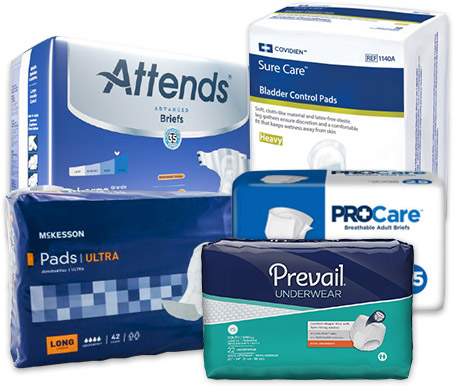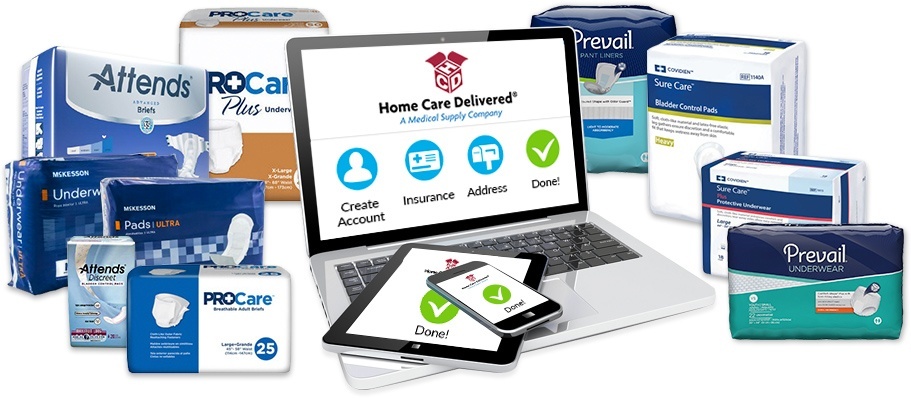What Is Incontinence? Types and How To Manage It
This post was reviewed by our Director of Clinical Excellence and Oversight.
If you live in America, chances are you know someone who experiences incontinence. More than 13 million Americans experience it, including almost half of women over age 55. So what exactly is incontinence, and how can it be managed?
What Is Incontinence?
Incontinence is the involuntary release or loss of urine or feces. There are two basic categories:
- Urinary incontinence (also called bladder leakage) is the accidental loss of urine. It’s the most common type, especially among women.
- Fecal incontinence is the accidental loss of a bowel movement. People who experience fecal incontinence often experience urinary incontinence as well.
Lots of things can cause incontinence, such as weakened muscles, nerve issues, and cognitive disorders.

Types of Urinary Incontinence
There are four basic types of urinary incontinence:
- Stress Incontinence occurs when the pelvic and sphincter muscle weaken, making it difficult to contain urine.
- Urge Incontinence occurs when there’s a quick, sudden urge to use the bathroom that’s followed by leakage.
- Overflow Incontinence occurs when the bladder does not empty properly, causing it to overflow and leak urine.
- Functional Incontinence occurs when another medical or physical condition prevents an individual from reaching a bathroom in time.
Managing Incontinence With Absorbent Supplies
Absorbent incontinence supplies are discreet products that absorb urine and stool. They’re filled with a special polymer that pulls leakage away from the skin, keeping it clean and dry. Incontinence products are very thin and can be worn under clothing without notice.
There are three basic types of incontinence products:

Each one is designed to handle different types of leakage. To learn more, read this article about types of incontinence products.
Affording Incontinence Supplies
Incontinence supplies can be expensive, costing as much as $900-$4,000 per year. Here are some ways to help reduce the cost while getting the supplies you need.
Medicaid
Many people don’t realize it, but most Medicaid plans cover incontinence supplies. If you have Medicaid, you may be eligible to receive monthly supplies delivered and covered by your benefits.
Each state has its own requirements and coverage. To learn more about your state’s coverage, visit our Medicaid Coverage of Incontinence Supplies Guide.
Get Incontinence Supplies Online With Medicaid
No Credit Card | Fast Delivery | 100% Discreet

Diaper Banks
Diaper banks provide incontinence supplies to people who can’t afford them. The supplies are usually donated, which means that the same products may not always be available.
To find a diaper bank near you, visit this diaper bank directory.
For more ways to afford incontinence supplies, read our guide to incontinence supplies for lower incomes.
Get Incontinence Supplies Online With Medicaid
No Credit Card | Fast Delivery | 100% Discreet

Disclaimer:
Unless otherwise noted, the recommendations in this document were obtained from the sources indicated. Be advised that information contained herein is intended to serve as a useful reference for informational purposes only. HCD cannot be held responsible for the continued accuracy of or for any errors or omissions in the information. All trademarks and registered trademarks are the property of their respective owners.
